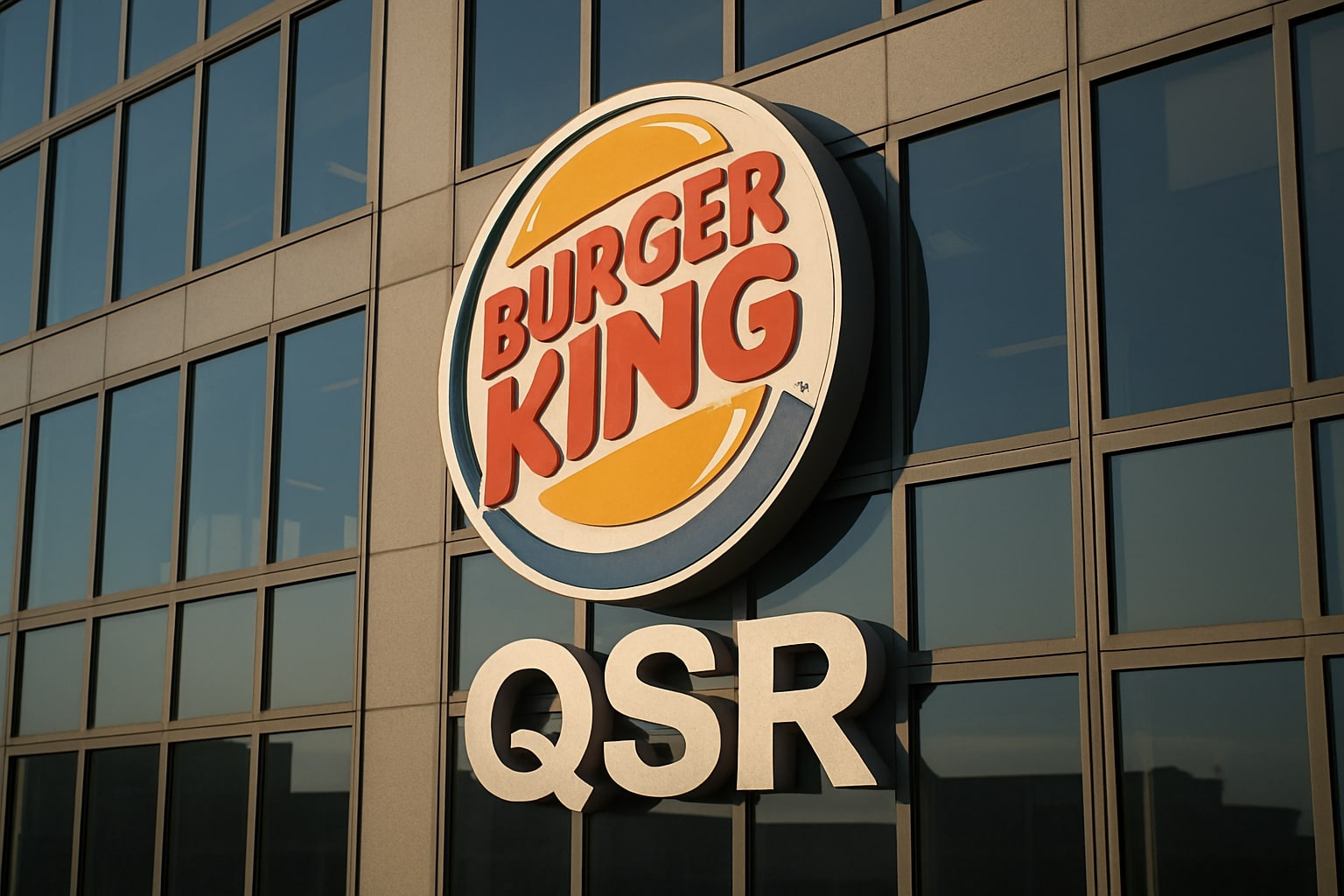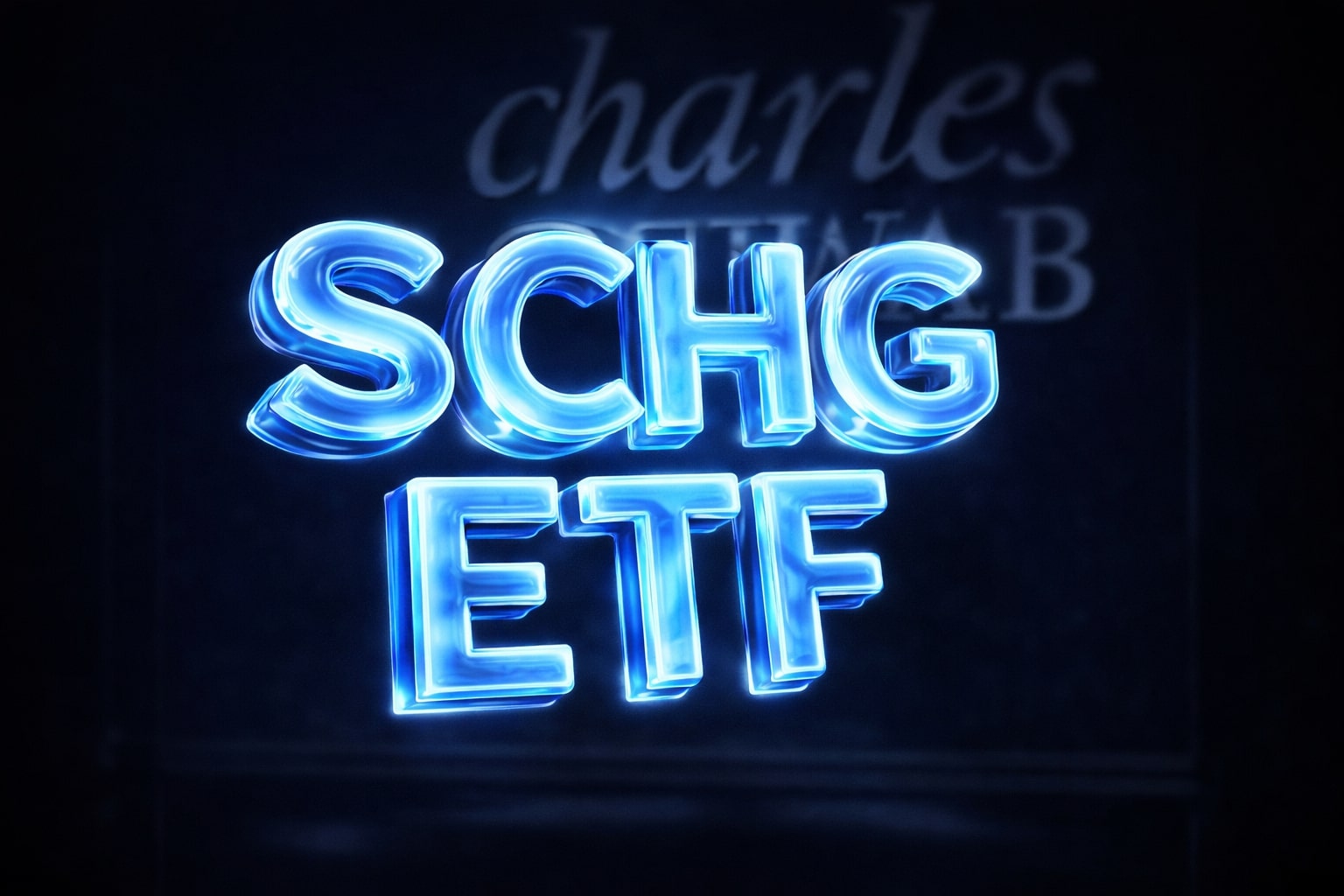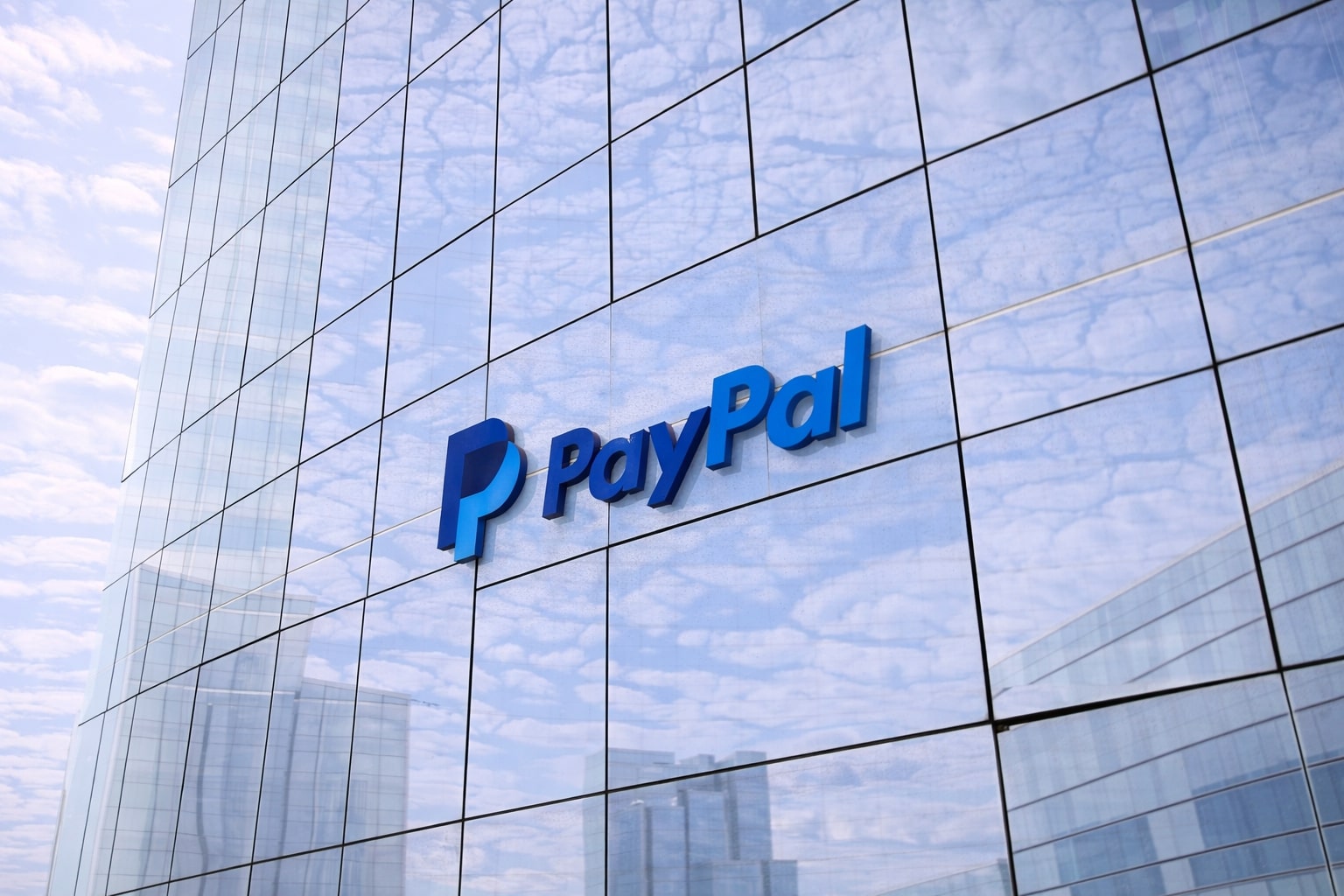NYSE:QSR Price Action and Market Position
Restaurant Brands International (NYSE:QSR) traded at $63.47, up 0.87% intraday, giving the company a market capitalization of $28.91 billion. The stock has moved within a 52-week range of $58.71 to $74.09, lagging broader indices. While QSR has posted a 7.44% one-year return, this remains far behind the S&P/TSX Composite’s 24.33% gain. Year-to-date, performance is nearly flat at +0.37%, highlighting the company’s underwhelming share momentum compared with peers like Yum! Brands and Domino’s Pizza.
Valuation Compression in NYSE:QSR
The valuation profile for QSR has shifted downward as earnings volatility and slowing domestic comps weigh on multiples. The stock trades at a trailing P/E of 23.95 with a forward P/E at just 11.30, significantly reduced from earlier this year when forward multiples stood above 13x. The price-to-sales ratio has compressed to 3.15 from 4.38 last year, while price-to-book sits at 6.22, down from 7.61. Enterprise value has eased to $35.63 billion, yet the EV/EBITDA multiple has crept higher at 14.6, reflecting stress from leverage.
Revenue Trends and Profitability Metrics
For the trailing twelve months, QSR produced $9.11 billion in revenue, delivering net income of $862 million and a 9.43% profit margin. Operating margin remains strong at 26.76%, underscoring the asset-light franchise structure. Diluted EPS sits at $2.65, though quarterly results show variability. Q2 2025 EPS came in at $0.94, a miss of nearly -3% against consensus. While revenue that quarter expanded to $2.41 billion versus $2.29 billion the prior year, representing 15.9% growth, net income declined sharply, highlighting cost pressures and input inflation, particularly in protein prices.
Global Expansion Versus U.S. Weakness
QSR operates more than 32,000 restaurants worldwide under Burger King, Tim Hortons, Popeyes, and Firehouse Subs. The company’s franchise model allows for capital-light growth, with only ~5% of locations company-owned. International segments continue to drive system-wide sales, especially Burger King China, where comps advanced 4.2% year over year in Q2 2025. By contrast, domestic operations remain sluggish, with Burger King U.S. comps nearly flat and Popeyes U.S. reporting -0.9% comparable sales in Q2. Net restaurant growth of 2.9% in H1 2025 also fell well short of management’s long-term 5% annual target.
Debt Burden and Balance Sheet Pressure on NYSE:QSR
Leverage remains a central concern, with total debt of $15.97 billion against cash reserves of only $1.03 billion. This equates to a debt-to-equity ratio of 313.69%, among the highest in the restaurant industry. Liquidity metrics are thin, with a current ratio of 1.01, leaving little cushion against volatility. While levered free cash flow sits at $1.21 billion and operating cash flow at $1.45 billion, interest costs and refinancing risk weigh heavily on the capital structure.
Dividend Yield and Shareholder Payouts
QSR distributes a forward annual dividend of $2.48 per share, yielding 3.94%, above its five-year average yield of 3.39%. However, the payout ratio exceeds 90%, highlighting pressure to sustain the dividend without steady earnings growth. The next dividend will be paid on October 7, 2025, with the ex-dividend date on September 23, 2025. While attractive to income-focused investors, the sustainability of such a high payout ratio remains a valid concern if profit margins continue to compress.
Analyst Forecasts and Market Outlook
Consensus estimates call for EPS of $1.00 in Q3 2025 and $0.95 in Q4 2025, driving full-year EPS to $3.66 with growth to $4.02 in 2026. Revenue is expected at $9.29 billion in 2025 and $9.65 billion in 2026, implying deceleration from 10.5% growth in 2025 to just 3.9% in 2026. Price targets range from $60 on the low end to $93 at the top, with an average target of $76.68, nearly 21% above current trading levels. Analyst sentiment remains divided, with Wall Street tilting bullish but Argus Research cutting its rating to Hold.
Segment-Level Performance Divergence
Tim Hortons in Canada has shown resilience with 3.6% comparable sales growth in Q2, driven by beverage innovation and higher guest satisfaction. Burger King’s U.S. turnaround under the “Reclaim the Flame” remodel initiative is underway, though financial results remain muted. Burger King International delivered strong performance with ~10% system sales growth in H1 2025, while Popeyes U.S. continues to lag despite its international expansion. Firehouse Subs also posted modest declines in domestic comps, underscoring execution challenges across secondary brands.



















